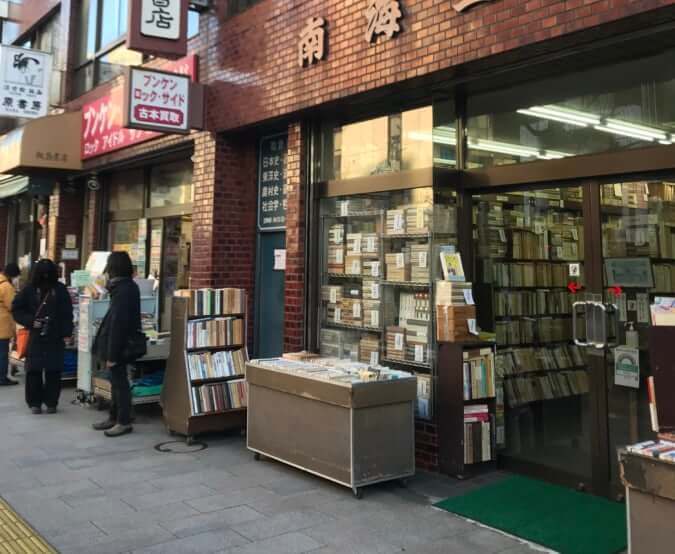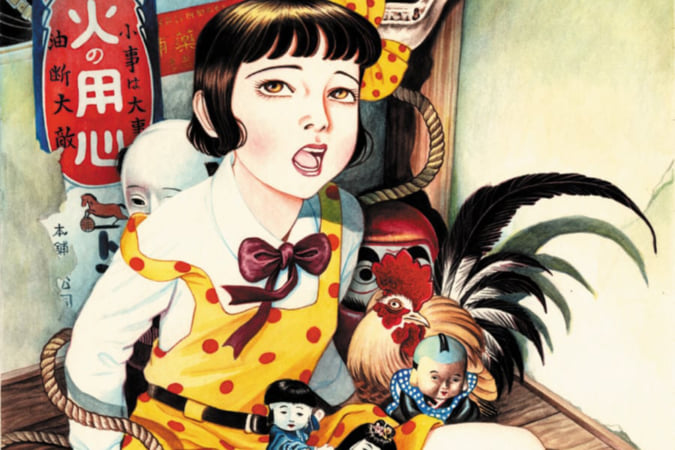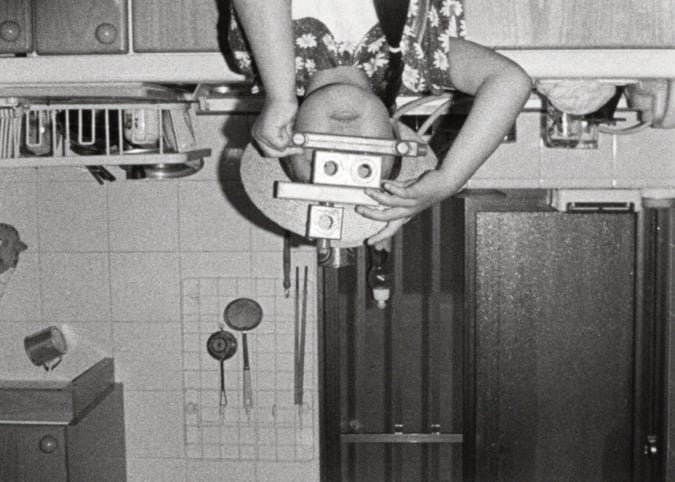Zoetrope, the Temple of Japanese Bourbon
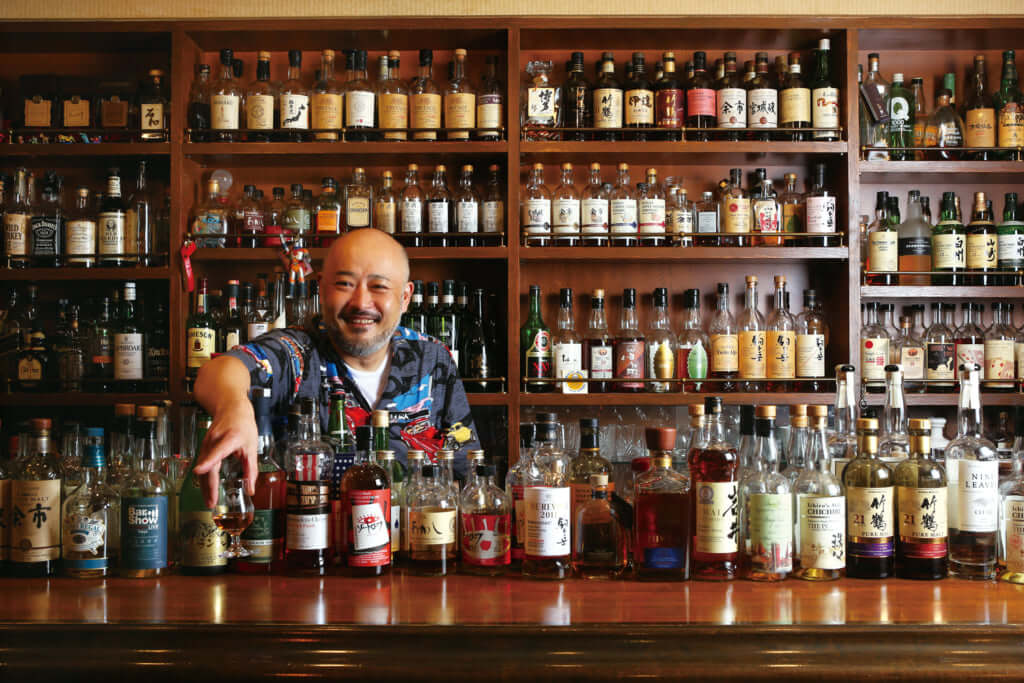
©Kengo Watanabe
In Tokyo, little treasures have to be earned, and Zoetrope upholds this rule. To taste one of the varieties of whisky found in this temple of Japanese malt, visitors have to get through the doors of the seemingly ordinary Gaia Building in the heart of Shinjuku and then head to the third floor before they can finally enter this unusual bar.
At first glance, there is nothing that marks it out from the rest: there are multitudes of bottles lined up behind a wooden counter, in front of which are some high chairs, close to four tables which are slightly squashed into the rather narrow space.
When you take a closer look at where the bottles are from, however, you realise that you are in an exceptional place: it’s the only independent bar in the megalopolis which is dedicated purely to Japanese whisky. Here, you won’t find a single drop of Scottish or other European varieties.
Varieties of whisky distilled specially for Zoetrope
This pantheon for whisky lovers, run by Atsushi Horigami since 2006, houses several treasures, then, which the owner takes great pleasure in talking about. Passionate about hops, he travelled across the whole country for ten years, building up a collection of hors d’âge bottles (some of which came from distilleries which have since closed), before finally opening his bar. And to add an extra special touch to this establishment, some of the alcohol is distilled specially for Zoetrope.
As a final touch, you can enjoy a drink while watching one of the many silent black and white films that are projected onto the walls of the bar – these are another of Atsushi Horigami’s passions. In fact, the bar’s décor is the work of Takeo Kimura, a legendary artistic director from the world of Japanese cinema.
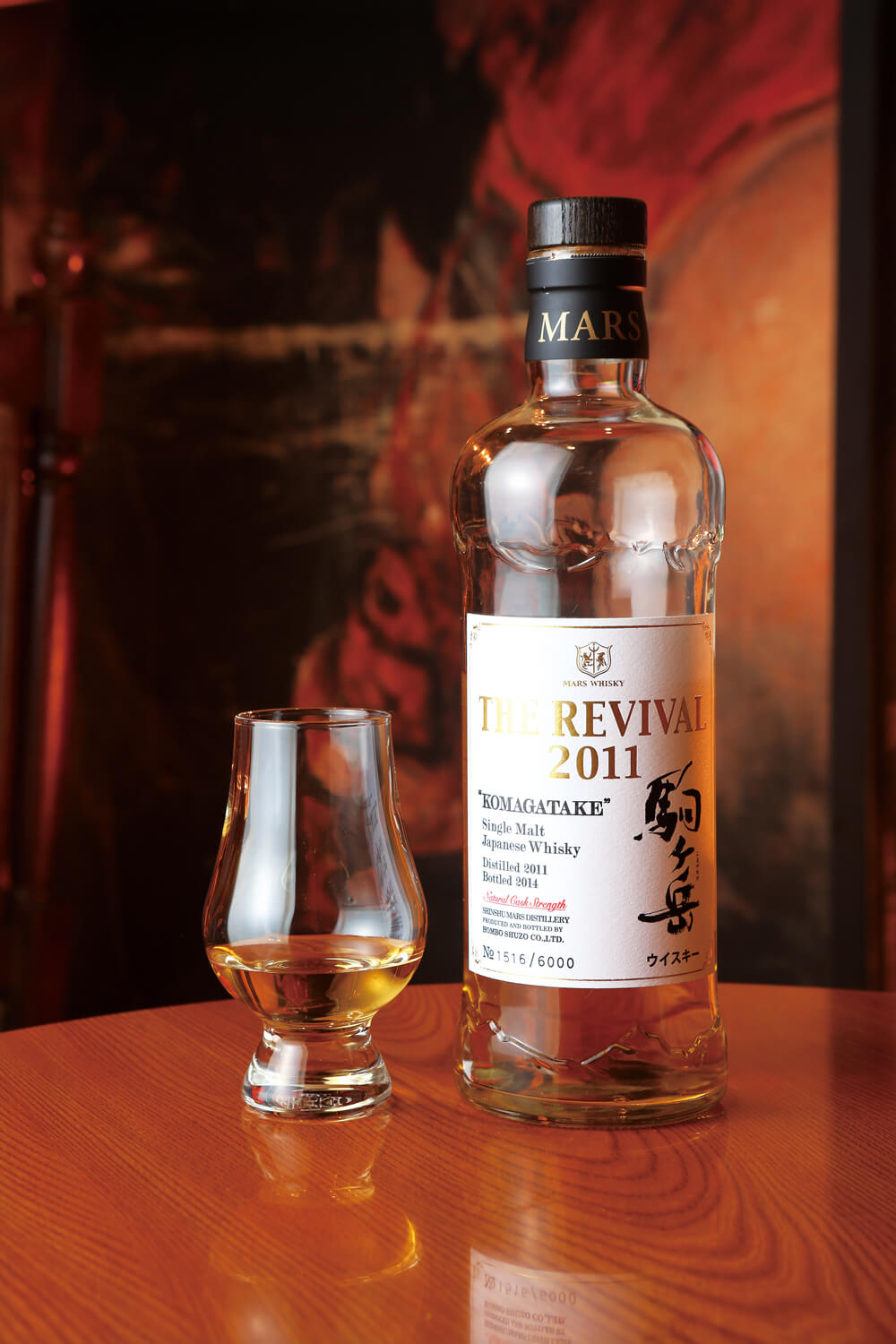
©Kengo Watanabe
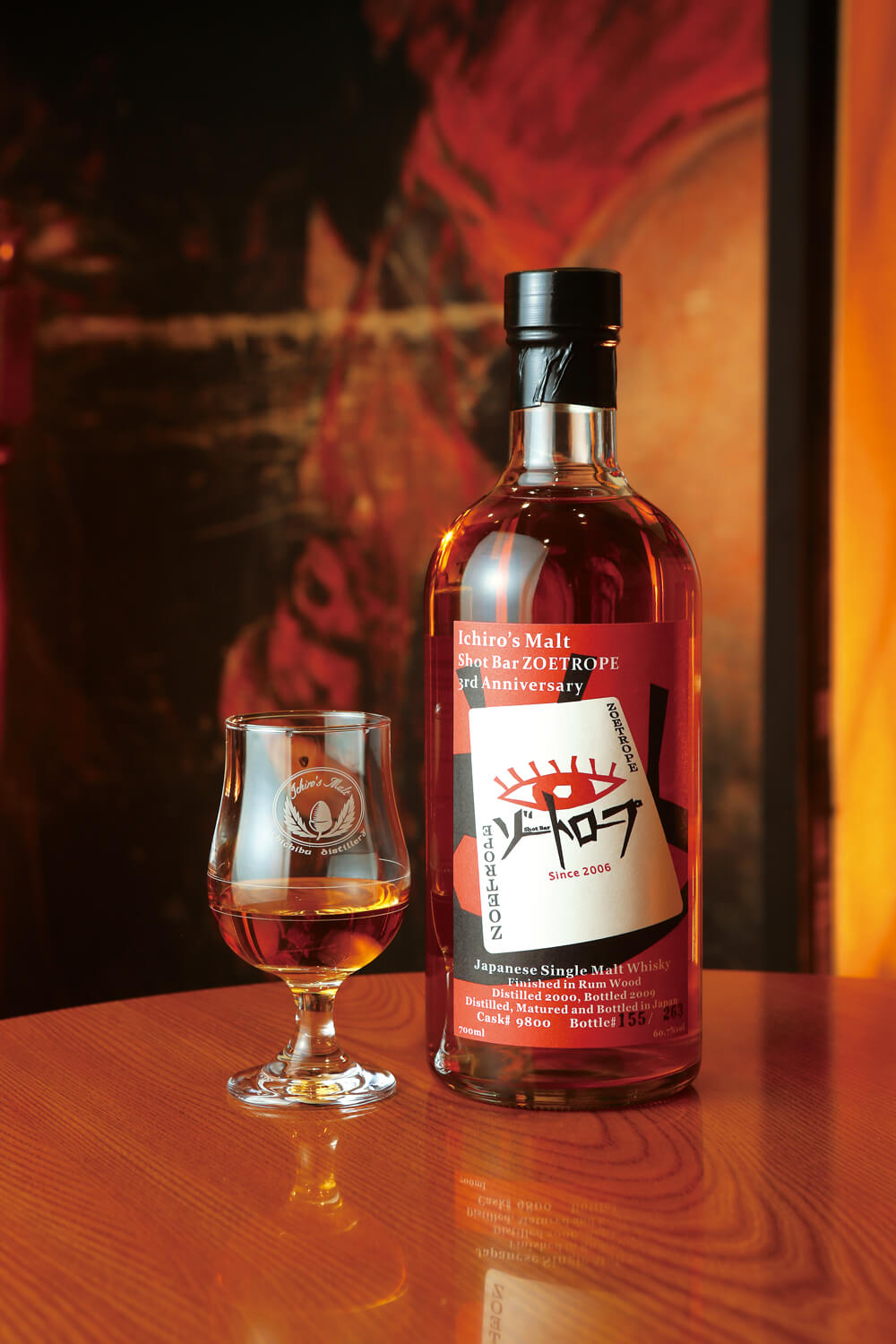
©Kengo Watanabe
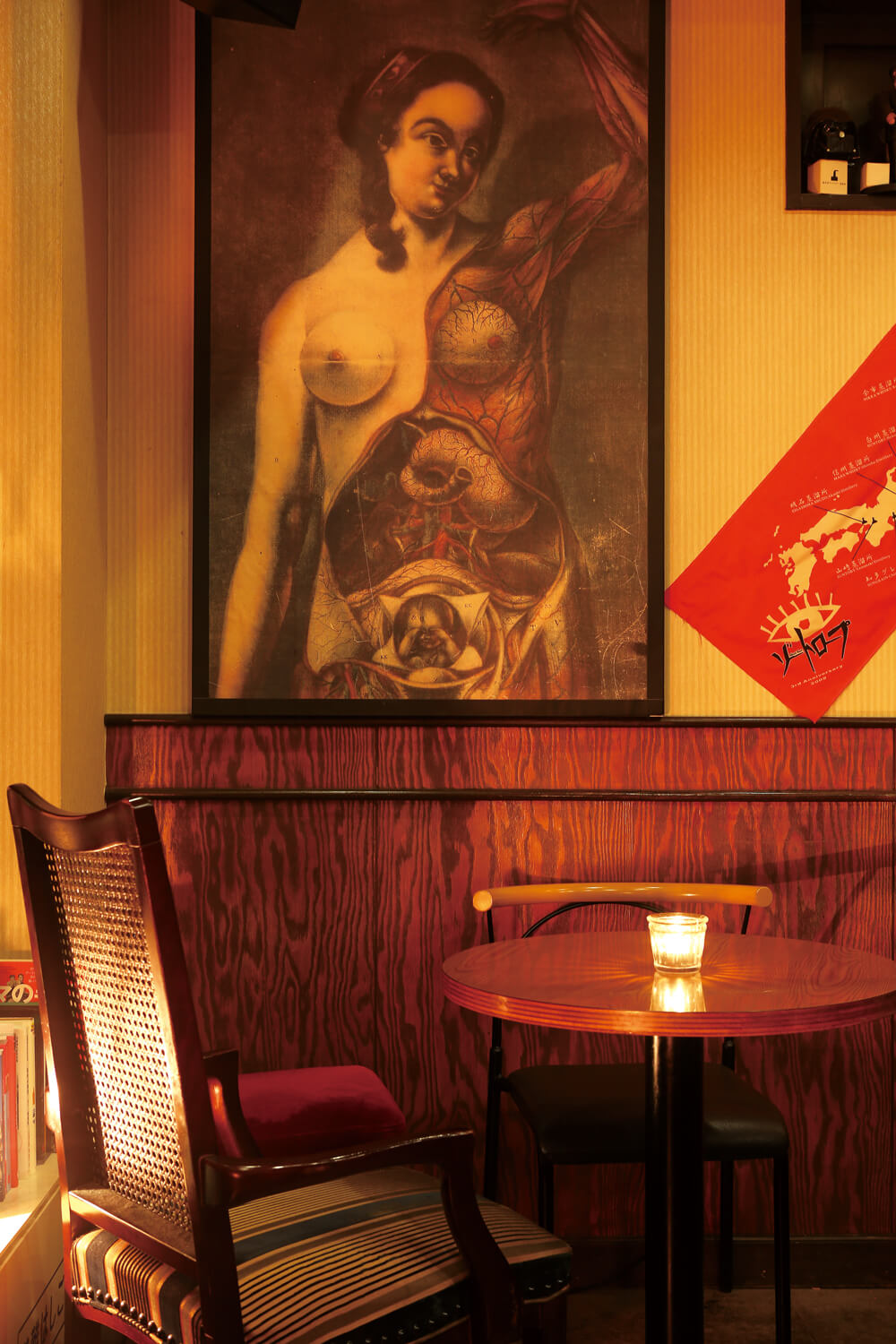
©Kengo Watanabe
Zoetrope
160-0023 Tokyo, Shinjuku City, Nishishinjuku, 7−10-14 Gaia Building 4
TRENDING
-
Jinbocho, Tokyo’s Book District
This neighbourhood in Chiyoda-ku has become a popular centre for second-hand book stores, publishing houses and antique curiosities.

-
‘Shojo Tsubaki’, A Freakshow
Underground manga artist Suehiro Maruo’s infamous masterpiece canonised a historical fascination towards the erotic-grotesque genre.

-
The Tattoos that Marked the Criminals of the Edo Period
Traditional tattoos were strong signifiers; murderers had head tattoos, while theft might result in an arm tattoo.

-
Haruomi Hosono’s Music for 'Shoplifters', by Hirokazu Kore-eda
The director reflects on the ‘mature’ sound of Haruomi Hosono’s score and how it shaped his Palme d’Or-winning film.

-
Issei Suda’s ‘Family Diary’, A Distant Look at Daily Life
For two years, he photographed his family using a Minox, a tiny camera notably employed by intelligence agencies.

